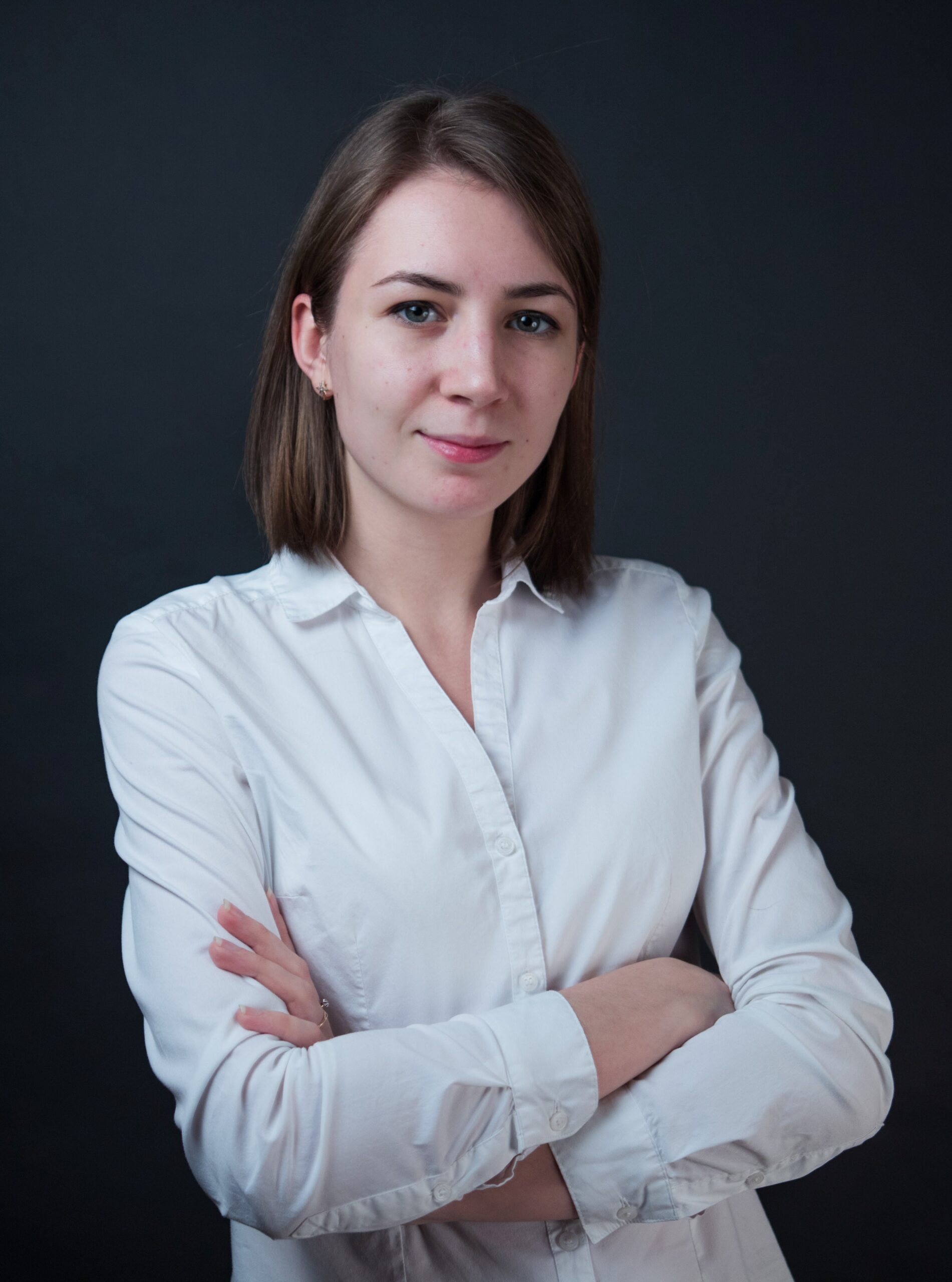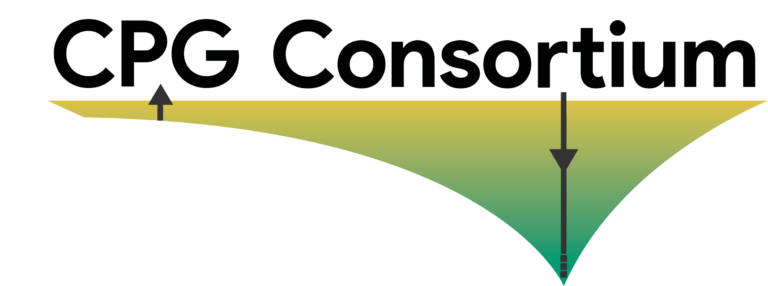
Mailing Address
Anna Kottsova
Geothermal Energy & Geofluids
Institute of Geophysics
NO F 51.1
Sonneggstrasse 5
CH-8092 Zurich Switzerland
Contact
| Phone | +41 44 632 2558 |
| akottsova(at)ethz.ch |
Administration
| Prisca Maurantonio | |
| +41 44 632 3465 | |
| prisca.maurantonio@eaps.ethz.ch | |
Publications
[Go to Proceedings Refereed] [Go to Proceedings Non-Refereed] [Go to Theses]
Underlined names are links to current or past GEG members
REFEREED PUBLICATIONS IN JOURNALS
3.
Kottsova, A., X.-Z. Kong, P. L. J. Zitha, M. O. Saar, D. F. Bruhn, N. Knornschild, J. M. Allaz, C. Archer, and M. Brehme, Mixing-induced Mineral Precipitation in Porous Media: Front Development and its Impact on Flow and Transport, Water Resources Research, 61, 2025. https://doi.org/10.1029/2024WR039316 [Download] [View Abstract]Injectivity decline during brine reinjection poses a significant challenge in the geothermal industry, with reported cases of substantial injectivity reduction and in severe cases, complete well shutdown. Among the reasons behind these issues, chemical processes play a key role due to potential changes in the fluid properties throughout the operation cycle. When reinjected, the fluid with altered chemical composition mixes with in-situ fluids, potentially triggering mineral precipitation, which can obstruct flow and reduce injectivity. To better characterize the mechanisms behind the mixing-induced mineral precipitation processes, we performed a series of core-flooding experiments combined with high-resolution imaging techniques. Our study focuses on the direct visualization of barite precipitation fronts in Berea sandstone and characterizes their spatial and temporal evolution under varying flow conditions. Pressure response and time-resolved 2D scanning were analyzed to capture real-time changes in the system, whereas post-experiment micro-CT scanning, electron microprobe analysis, and mass spectrometry were employed to examine the morphology and distribution of the mineral deposits. Our results highlight the critical role of flow velocities on the kinetics of mixing-induced precipitation and demonstrate how mineral accumulation may significantly reduce permeability. These findings provide valuable insights into the dynamics of mineral precipitation in porous media, highlighting the impact of flow conditions on formation damage in geothermal systems.
2.
Rangel Jurado, N., X.-Z. Kong, A. Kottsova, L. Grafulha Morales, N. Ma, F. Games, M. Brehme, S.M. Bernasconi, and M.O. Saar, Reactivity of Wet scCO2 toward Reservoir and Caprock Formations under Elevated Pressure and Temperature Conditions: Implications for CCS and CO2-Based Geothermal Energy Extraction, Energy & Fuels, 2025. https://doi.org/10.1021/acs.energyfuels.4c04515 [Download] [View Abstract]Carbon capture and storage (CCS) and CO2-based geothermal energy are promising technologies for reducing CO2 emissions and mitigating climate change. Safe implementation of these technologies requires an understanding of how CO2 interacts with fluids and rocks at depth, particularly under elevated pressure and temperature. While CO2-bearing aqueous solutions in geological reservoirs have been extensively studied, the chemical behavior of water-bearing supercritical CO2 remains largely overlooked by academics and practitioners alike. We address this knowledge gap by conducting core-scale laboratory experiments, focusing on the chemical reactivity of water-bearing supercritical CO2 (wet scCO2) with reservoir and caprock lithologies and simulating deep reservoir conditions (35 MPa, 150 °C). Employing a suite of high-resolution analytical techniques, we characterize the evolution of morphological and compositional properties, shedding light on the ion transport and mineral dissolution processes, caused by both the aqueous and nonaqueous phases. Our results show that fluid–mineral interactions involving wet scCO2 are significantly less severe than those caused by equivalent CO2-bearing aqueous solutions. Nonetheless, our experiments reveal that wet scCO2 can induce mineral dissolution reactions upon contact with dolomite. This dissolution appears limited, incongruent, and self-sealing, characterized by preferential leaching of calcium over magnesium ions, leading to supersaturation of the scCO2 phase and reprecipitation of secondary carbonates. The markedly differing quantities of Ca2+ and Mg2+ ions transported by wet scCO2 streams provide clear evidence of the nonstoichiometric dissolution of dolomite. More importantly, this finding represents the first reported observation of ion transport processes driven by water continuously dissolved in the scCO2 phase, which challenges prevailing views on the chemical reactivity of this fluid and highlights the need for further investigation. A comprehensive understanding of the chemical behavior of CO2-rich supercritical fluids is critical for ensuring the feasibility and security of deep geological CO2 storage and CO2-based geothermal energy.
1.
Luo, W., A. Kottsova, P. J. Vardon, A.C. Dieudonne, and M. Brehme, Mechanisms causing injectivity decline and enhancement in geothermal projects, Renewable and Sustainable Energy Reviews, 185, 2023. https://doi.org/10.1016/j.rser.2023.113623 [Download] [View Abstract]In geothermal projects, reinjection of produced water has been widely applied for
disposing wastewater, supplying heat exchange media and maintaining reservoir
pressure. Accordingly, it is a key process for environmental and well performance
assessment, which partly controls the success of projects. However, the injectivity, a
measure of how easily fluids can be reinjected into reservoirs, is influenced by various
processes throughout installation and operation. Both injectivity decline and
enhancement have been reported during reinjection operations, while most current
studies tend to only focus on one aspect. This review aims to provide a comprehensive
discussion on how the injectivity can be influenced during reinjection, both positively
and negatively. This includes a detailed overview of the different clogging mechanisms,
in which decreasing reservoir temperature plays a major role, leading to injectivity
decline. Strategies to avoid and recover from injectivity reduction are also introduced.
Followed is an overview of mechanisms underlying injectivity enhancement during
reinjection, wherein re-opening/shearing of pre-existing fractures and thermal cracking
have been identified as the main contributors. In practice, nevertheless, mixedmechanism
processes play a key role during reinjection. Finally, this review provides
an outlook on future research directions that can enhance the understanding of
injectivity-related issues.
[back to Top of Page]
PROCEEDINGS REFEREED
2.
Rangel Jurado, N., X-Z. Kong, A. Kottsova, F. Games, M. Brehme, and M.O. Saar, Investigating the chemical reactivity of the Gipskeuper and Muschelkalk formations to wet CO2 injection: A case study towards the first CCS pilot, Swiss Geoscience Meeting, 2023. [View Abstract]Carbon capture and storage (CCS) is expected to play a major role in societal attempts to reduce CO2 emissions and mitigate climate change. In parallel, CO2-based geothermal systems have been proposed as an innovative technology to couple CCS with geothermal energy extraction, therefore, increasing renewable energy production and unlocking industry-scale carbon capture, utilization, and storage (CCUS). The safe implementation and sustainability of both these technologies require a comprehensive understanding of how injected CO2 will interact with formation fluids and rocks in situ, especially under elevated pressure and temperature conditions. Whereas the role that CO2-bearing aqueous solutions play in geological reservoirs has been extensively studied, the chemical behavior of non-aqueous CO2-rich mixtures containing water has been vastly overlooked by academics and practitioners alike. In this study, we address this knowledge gap by conducting core-scale laboratory experiments that investigate the chemical reactivity of CO2-H2O mixtures, on both ends of the mutual solubility spectrum, towards reservoir and caprock lithologies. We conducted batch reactions on rock specimens from the Muschelkalk and Gipskeuper formations in Switzerland, subjecting them to interactions with wet CO2 under reservoir conditions (35 MPa, 150 °C) for approximately 500 hours. A wide range of high-resolution techniques, including scanning electron microscopy (SEM), X-ray diffraction (XRD), X-ray computed tomography (XRCT), and stable isotope analysis, were employed to characterize the evolution of petrophysical properties, morphology, and chemical composition of the samples. Furthermore, upon experiment termination, we analyzed fluid effluents using inductively coupled plasma atomic emission spectroscopy (ICP-AES) to gain insights into ion transport processes associated with dissolution reactions caused by both the aqueous and non-aqueous phases. Our results reveal that fluid-mineral interactions involving CO extsubscript{2}-rich supercritical fluids containing water are significantly less severe than those caused by aqueous solutions containing CO extsubscript{2}. Nonetheless, the existence of dissolved ions in the wet CO2 samples is evidence of ion transport processes caused by the gaseous phase that warrants further investigation. The experimental characterization of CO2-H2O mixtures under a wide range of reservoir and operating conditions represents a critical step in ensuring the reliability, long-term security, and technical feasibility of deploying CCS and CO2-based geothermal energy worldwide.
1.
Kottsova, A., D. Bruhn, M.O. Saar, and M. Brehme, Clogging mechanisms in geothermal operations: theoretical examples and an applied study, European Geothermal Congress 2022, (in press).
[back to Top of Page]
PROCEEDINGS NON-REFEREED
1.
Rangel Jurado, N., X-Z. Kong, A. Kottsova, M. Brehme, F. Games, and M.O. Saar, Experimental characterization of the chemical reactivity of wet scCO2 under elevated pressure and temperature conditions, Society of Core Analysts Annual Symposium , 2023. [View Abstract]CO2-Plume Geothermal (CPG) systems have been proposed as an affordable and scalable strategy to deploy Capture, Utilization, and Storage (CCUS) globally. These systems utilize CO2 to extract geothermal energy from the subsurface while ensuring its permanent sequestration in geologic formations. Unlike conventional hydrothermal systems that use water or brine, CPG utilizes pure supercritical CO2 (scCO2) or water-bearing scCO2 as the subsurface working fluid. While the thermal-hydraulic performance of CPG systems has been extensively studied, their chemical behavior remains largely unexplored due to a lack of field and experimental observations. In this study, we address this knowledge gap by investigating the chemical performance of CPG systems through core-scale laboratory experiments. We conducted batch reactions on rock specimens from the Muschelkalk and Gipskeuper formations in Switzerland, subjecting them to interactions with wet scCO2 under reservoir conditions (~35 MPa, 150 °C) for approximately 500 hours. High-resolution techniques, including scanning electron microscopy (SEM), X-ray diffraction (XRD), X-ray computed tomography (XRCT), and stable isotope analysis, were employed to characterize the evolution of petrophysical properties, morphology, and mineralogical composition. Furthermore, we analyzed fluid effluents using inductively coupled plasma optical emission spectroscopy (ICP-OES) to gain insights into ion transport processes associated with dissolution reactions. Our results indicate that fluid-mineral interactions involving CO2-rich supercritical fluids are less severe than those caused by aqueous solutions. Nonetheless, the existence of dissolved ions in the wet CO2 samples is clear evidence of ion dissociation caused by the gaseous phase that warrants further investigation. This experimental investigation provides critical insights into fluid-mineral interactions involving CO2-rich fluids and represents a crucial step in ensuring the long-term security and technical feasibility of deploying global CCS and CO2-based geothermal energy.


